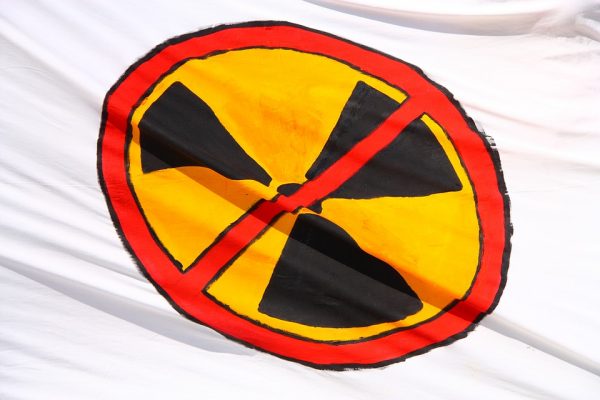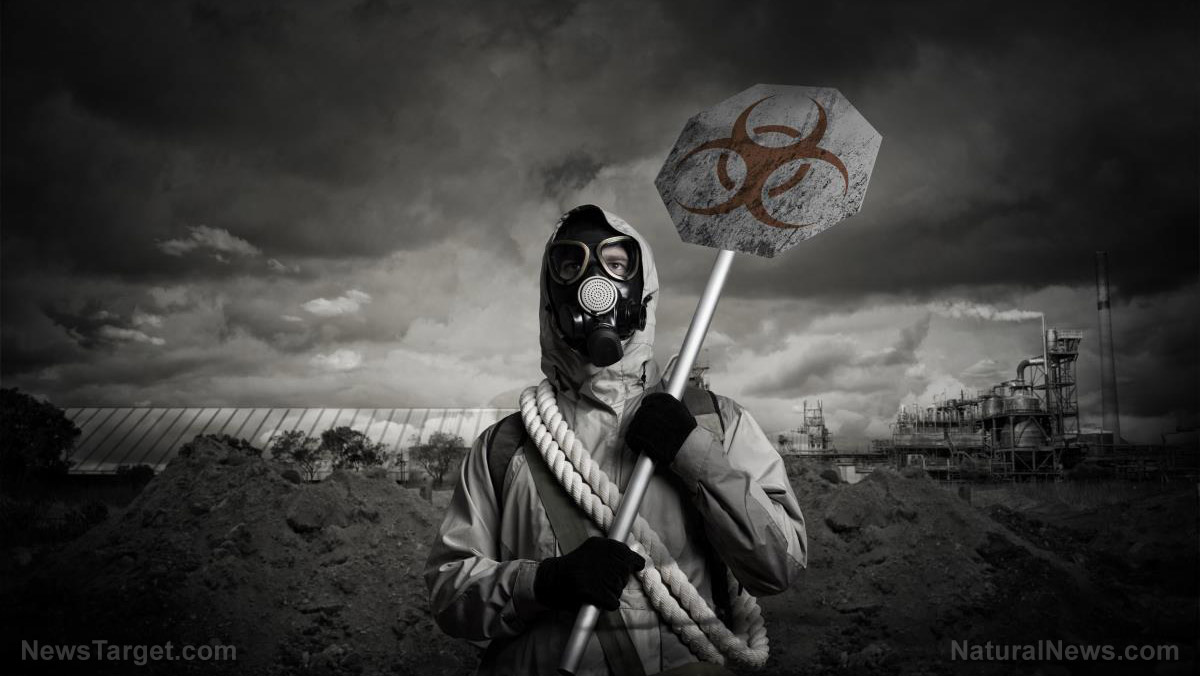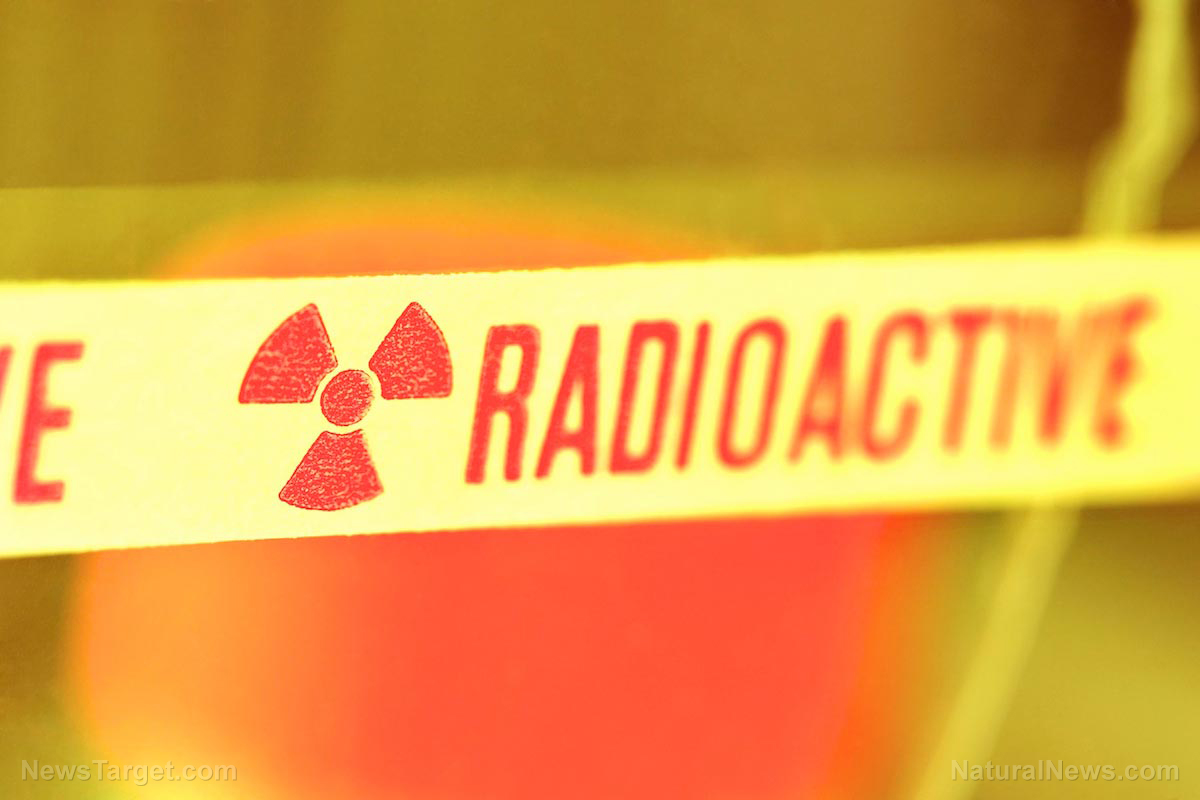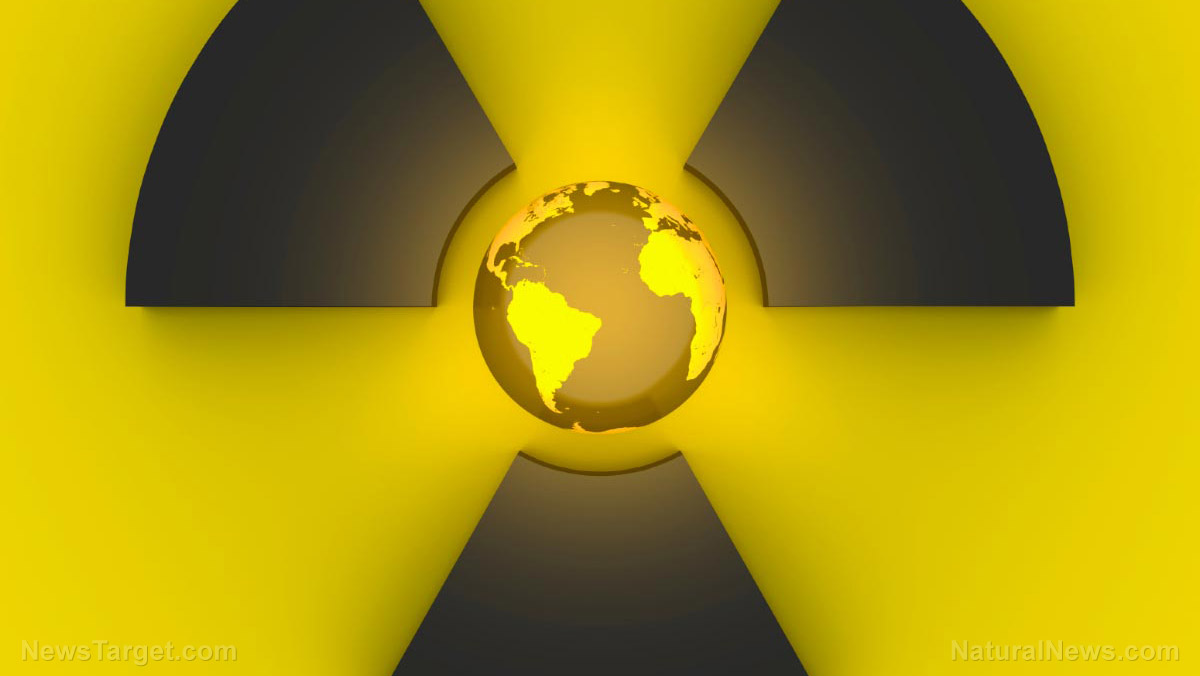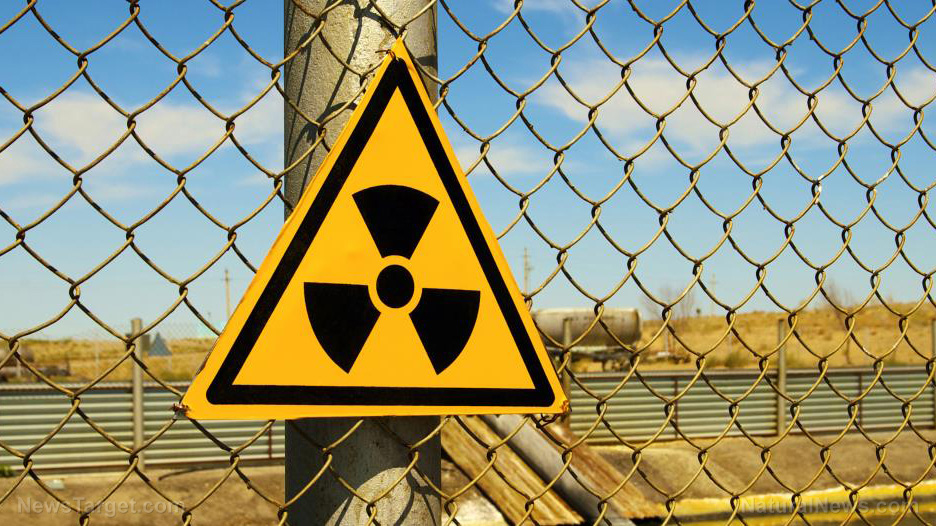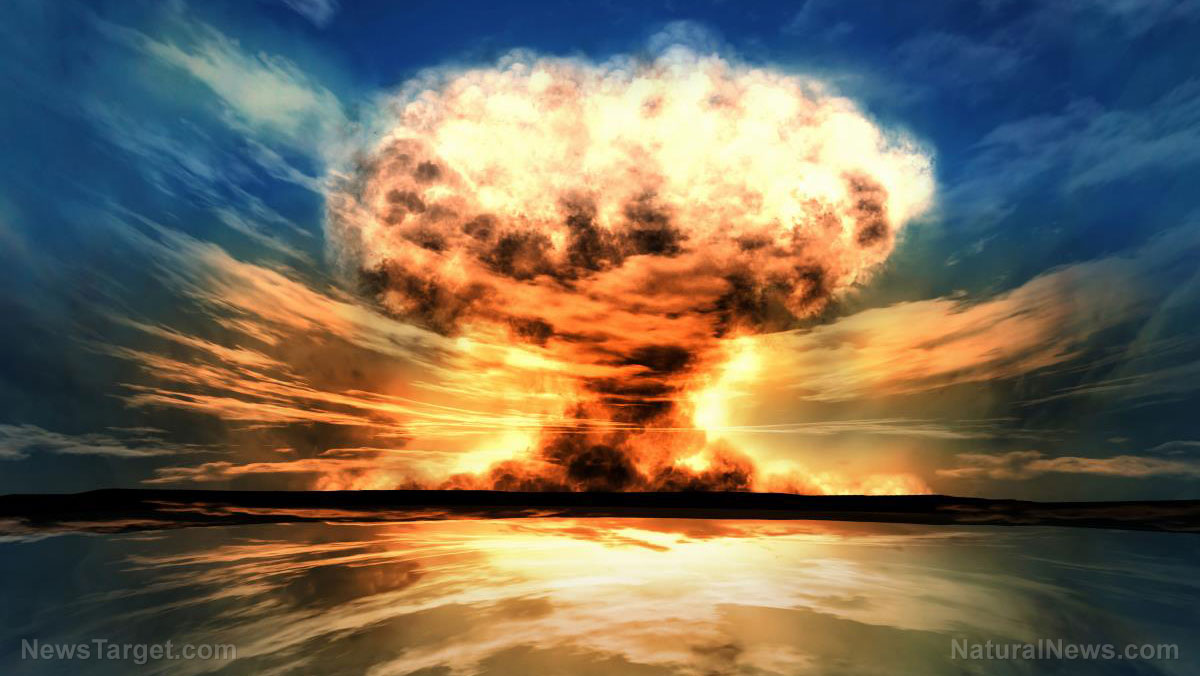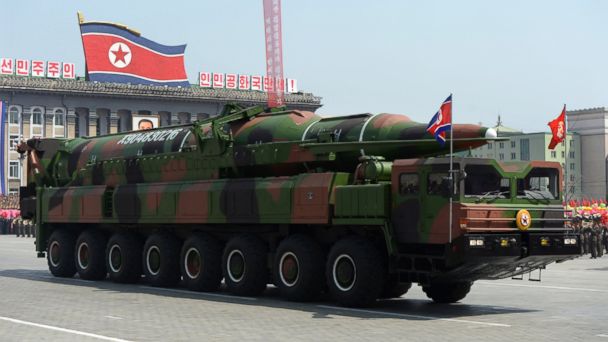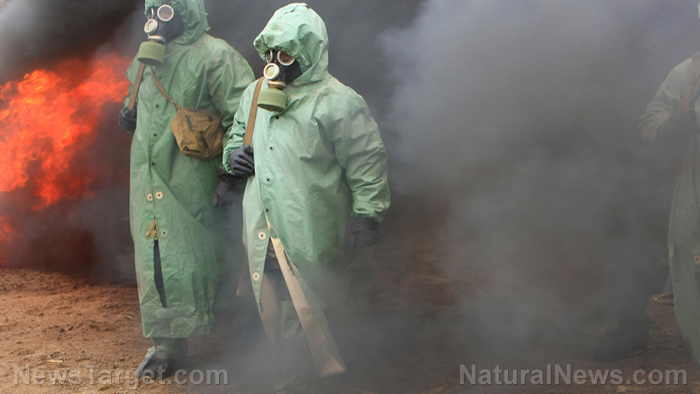Record radiation level detected at Fukushima reactor “unimaginable,” could kill human from even brief exposure
02/04/2017 / By Amy Goodrich
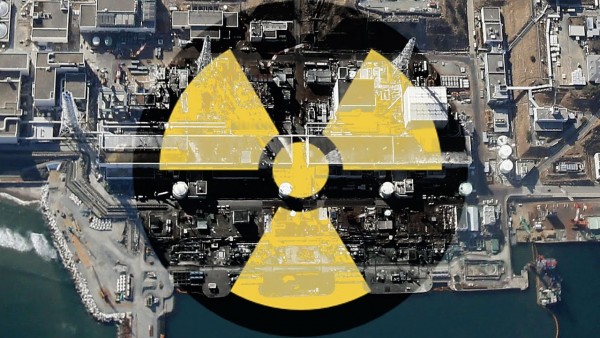
Radiation levels inside a damaged nuclear reactor at the Fukushima Daiichi nuclear power plant in Japan have hit a record high since the plant suffered a triple nuclear meltdown almost six years ago. The latest readings – described by experts as “unimaginable” – now pose a serious challenge as officials prepare to dismantle the disaster-hit facility safely.
Tokyo Electric Power (Tepco), the plant’s operator, said atmospheric readings inside the containment reactor No 2 are as high as 530 sieverts an hour, which is far greater than the previous record of 73 sieverts an hour. Reactor No 2 is one of three reactors that experienced a nuclear meltdown when the plant was crippled by a huge earthquake and tsunami in March 2011. (RELATED: See more news about the Fukushima disaster at FukushimaWatch.com)
A one-square-meter hole created by melting nuclear fuel
Tepco said recent image analysis revealed a one-square-meter hole in the metal grating beneath the reactor’s pressure vessel. The hole was probably created by melting nuclear fuel that penetrated the vessel, Tepco’s spokesman Tatsuhiro Yamagishi told AFP. Also, for the first time since the disaster, images were released showing dark lumps beneath reactor No 2. Experts believe the dark matter to be melted uranium fuel rods.
Even though specially-made robots designed to probe the underwater depths around the reactors have previously crumbled and shut down due to the highly toxic conditions, Tepco intends to send another remote-controlled robot to check the actual conditions inside the containment vessel.
The robot, however, will not last long. They are designed to withstand exposure to a total of 1,000 sieverts, meaning it will only survive for less than two hours in the presence of these dangerously high radiation levels. Nonetheless, Tepco’s spokesman Tatsuhiro Yamagishi said that the captured images will offer very useful information regarding the actual conditions inside the reactor.
A huge challenge in the history of nuclear power
These extraordinary high readings will make it very hard, and dangerous, for thousands of workers involved in dismantling the power plant, a process expected to take about four decades. Furthermore, medical professionals have never considered dealing with this level of radiation in their work, an official of the National Institute of Radiological Sciences told Japan Today.
To give you an idea of the severity, radiation doses of only 0.1 sieverts already significantly increase the risk of cancer. A single dose of one sievert is enough to cause radiation sickness, nausea, infertility, loss of hair, and cataracts. Exposure to five sieverts could kill half of those exposed within a month while a single dose of 10 sieverts could prove fatal within weeks.
After six years, Tepco and its business partners at the Fukushima Daiichi plant have yet to identify the location and condition of melted fuel in the three most severely damaged nuclear reactors. As reported by The Guardian, “the government has now estimated the cost of decommissioning the plant and decontaminating the surrounding area, as well as paying compensations and storing radioactive waste, to rise to 21.5tn yen [or about $190 billion],” which is nearly double the estimate released in 2013.
Even if they manage to clean up this nuclear mess shortly, Yosuke Yamashiki, Doctor of Engineering from Kyoto University, told RT that the complete reduction of the radiation will take hundreds of thousands of years. (RELATED: For more info on how to prepare yourself for future disasters, visit Preparedness.news)
Sources:
Tagged Under: Fukushima, Fukushima radiation, Fukushima reactor, Japan, nuclear disaster, radiation, radiation exposure, radiation sickness

